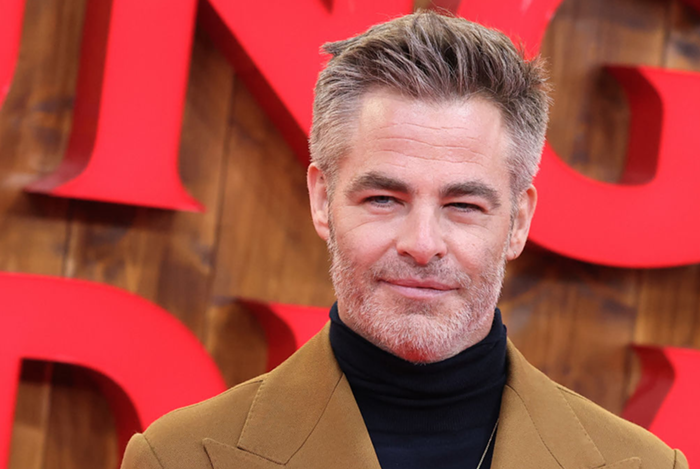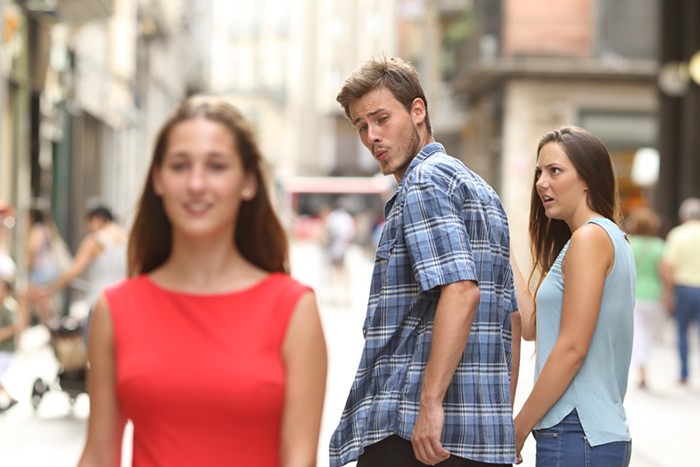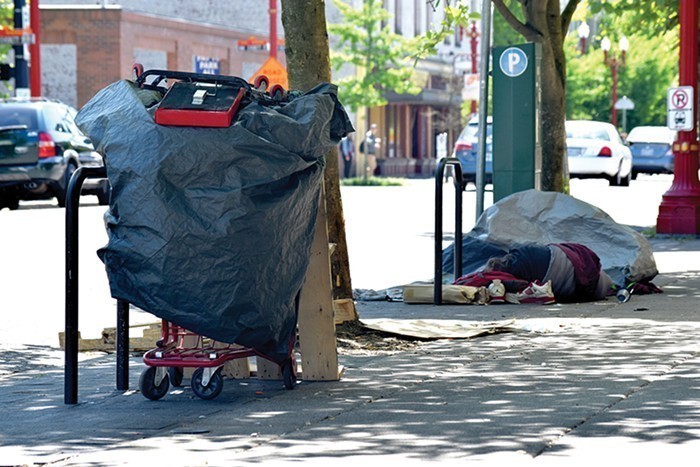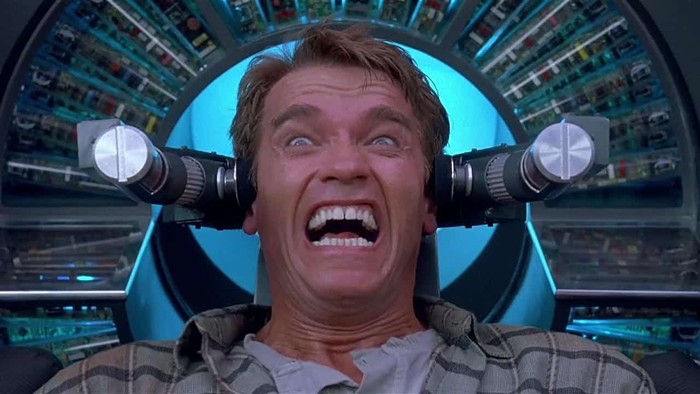Under different circumstances, I’d say something like, “They sure don’t make movies like Papillon anymore.” 1973’s incredible prison-escape film—starring Steve McQueen and Dustin Hoffman, and directed by Patton and Planet of the Apes’ Franklin J. Schaffner—Papillon is a thrilling, larger-than-life adventure that feels like an old-school Hollywood epic shot through the hardboiled lens of ’70s American cinema. Filmed on location in Jamaica, Spain, and Hawaii, Papillon is sweepingly huge, sprawling beyond the edges of its massive 150 minutes—fitting for a movie about a man serving life in prison.
But they are still making movies like Papillon—sort of. A slavish but condensed remake with Charlie Hunnam and Rami Malek in the McQueen and Hoffman roles has been made by Danish director Michael Noer, and it illuminates both the power of the story itself and—perhaps inadvertently—the brilliance of Schaffner’s film. On its own, this new Papillon is a perfectly decent movie that tells a fascinating, suspenseful story with clarity and emotion. But in almost every aspect, it’s inferior to the 1973 version.
On its own, this new Papillon is a perfectly decent movie that tells a fascinating, suspenseful story with clarity and emotion. But in almost every aspect, it’s inferior to the 1973 version.
In 1931, a Parisian safecracker named Henri Charrière was given a life sentence for a murder he didn’t commit and was sent to a penal colony in French Guiana, on the northeast coast of South America. It was an inhospitable place to spend the rest of his life, and the prison conditions were devastatingly inhumane. Charrière, nicknamed “Papillon” from a butterfly tattoo on his chest, wrote about his imprisonment and escape in the books Papillon and Banco, and was a consultant on the 1973 movie just before his death. Critics have questioned the validity of some aspects of Charrière’s account, but there’s no denying the pure excitement of the story he told.
Hunnam’s portrayal of Papillon feels like it’s been updated to be both edgier and more realistic, a contradiction that flattens the character into blandness. While Hunnam at his best is not as milquetoast-y an actor as much of his filmography suggests—2017’s The Lost City of Z, also set in South America, is the most convincing evidence yet of his abilities—he’s no Steve McQueen. And McQueen was probably never better than he is in the first Papillon, particularly during Charrière’s years in solitary confinement, when he loses his mind and starts eating bugs. There’s also the totally insane scene where McQueen and Hoffman wrestle an actual alligator (one with its mouth tied shut, but still, jesus, that scene is electric), and McQueen famously did his own cliff-jumping stunts. Hunnam, a bit too gym-buff and clear-eyed to be believed as someone who spent years subsisting on tiny bowls of prison broth, doesn’t suggest that same type of bug-nuts commitment.
Mr. Robot’s Rami Malek, as fellow inmate Louis Dega, is the best element of the new Papillon. To his credit, he doesn’t do a Dustin Hoffman impersonation, though the shadow of Hoffman’s indelible performance is tough to escape. Malek’s somber interpretation robs the movie of its outlet for comic relief, though, and when things are dramatic, as in Malek’s final scene with Hunnam, it just doesn’t have the same gravity.
Also missing from this new Papillon: the gorgeous cinematography of Fred J. Koenekamp, the outstanding music of Jerry Goldsmith, and the digressively epic sweep of the original’s final third, which defies today’s established conventions of a tidy three-act screenplay. Maybe it’s unfair to do a note-by-note comparison, but Noer’s Papillon doesn’t bring anything new to this story—and since that story’s already been so wonderfully told, your best bet is to cue up McQueen and Hoffman on the biggest TV you can find.


















